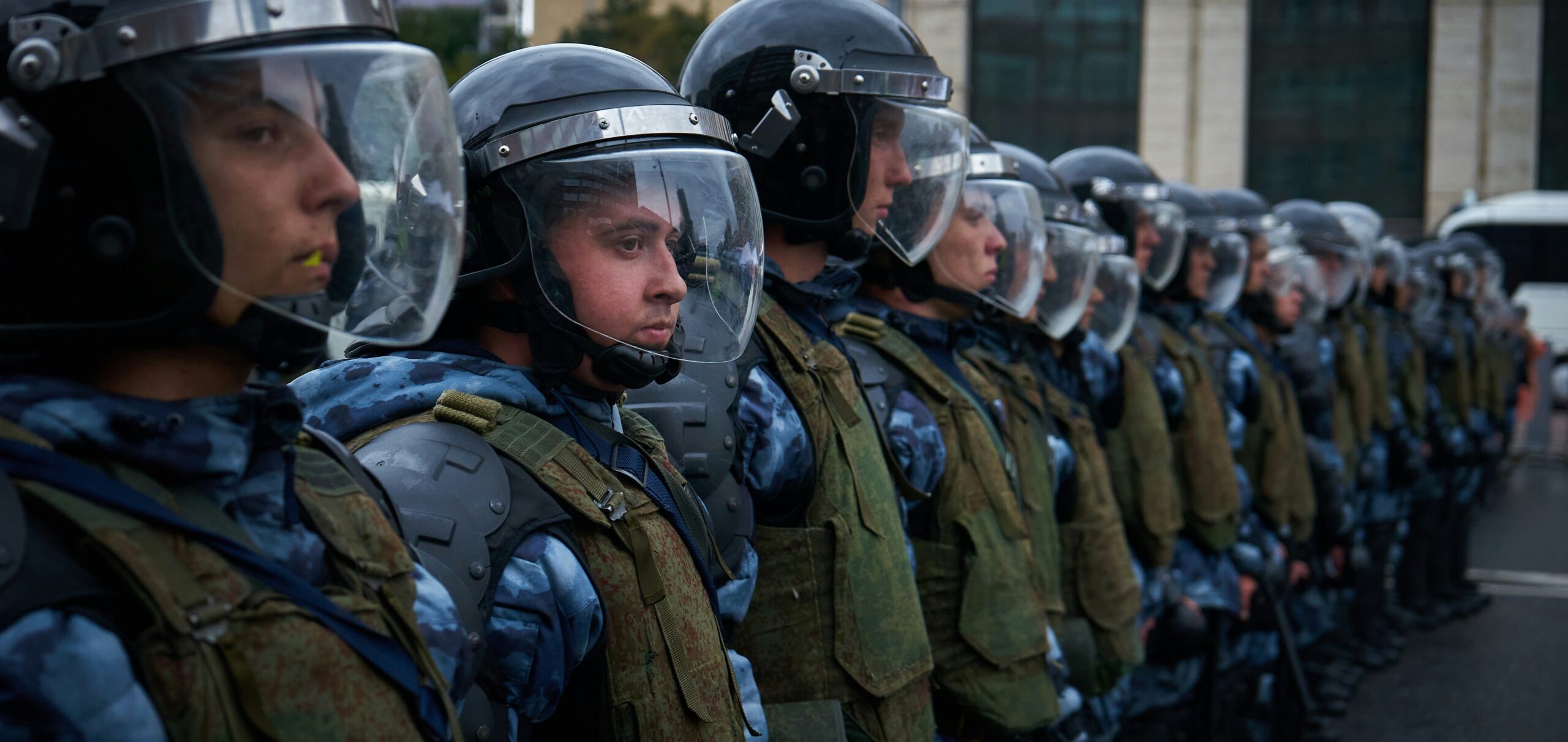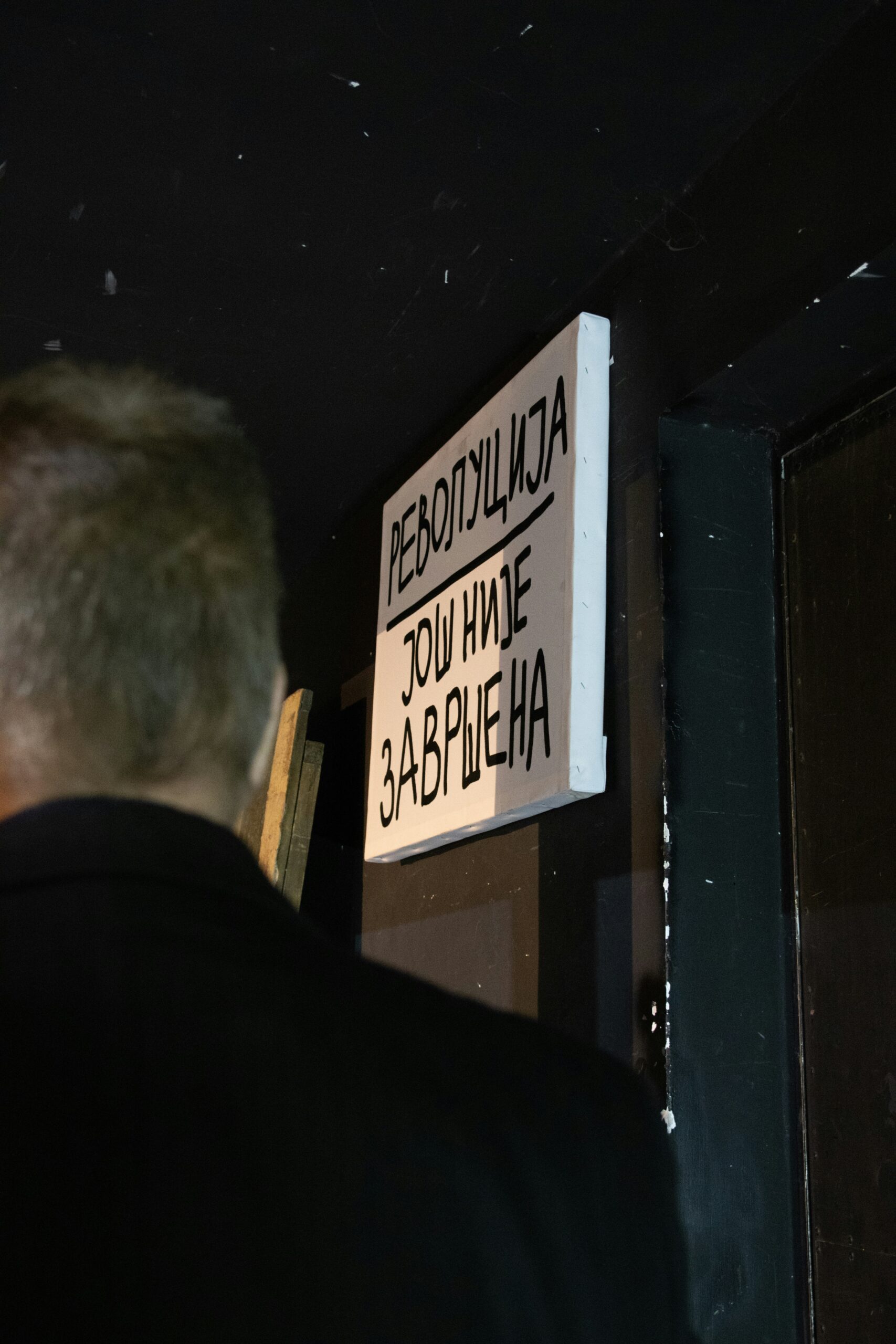Introduction: The Escalation of Unrest in Dhaka
Dhaka, the bustling capital of Bangladesh, has recently found itself at the epicenter of a tumultuous wave of unrest. The city, known for its vibrant culture and rapid urbanization, has been gripped by a series of violent events that have resulted in over 500 arrests. The unrest did not emerge in a vacuum; it is the culmination of long-standing political and social tensions that have been simmering beneath the surface.
The latest wave of violence was triggered by a contentious political rally, which quickly escalated into widespread chaos. The rally, organized by opposition factions, was initially intended to be a peaceful demonstration against the current government. However, clashes between protestors and law enforcement soon ensued, leading to a cascade of violence that spread throughout the city. Reports indicate that the initial incident involved a confrontation between protestors and police forces, resulting in injuries and property damage.
Underlying this immediate trigger are deeper issues that have been contributing to the unrest. Political divisions in Bangladesh have been intensifying, with opposition parties accusing the government of corruption and authoritarian practices. Social inequalities, exacerbated by economic challenges, have also played a significant role in fueling public discontent. The combination of these factors has created a volatile environment where even minor incidents can rapidly escalate into full-blown unrest.
As Dhaka grapples with the aftermath of these events, the city faces a critical juncture. The response from law enforcement and the government will be pivotal in determining whether the situation can be de-escalated or if further unrest is on the horizon. The arrests of over 500 individuals mark a significant development, raising questions about the balance between maintaining order and respecting civil liberties.
The Unrest: A Timeline of Events
The recent unrest in Dhaka, which resulted in over 500 arrests, unfolded through a series of significant events. The timeline of these events traces back to early October, when tensions first began to escalate. On October 10, a peaceful demonstration organized by local activists quickly turned violent as protesters clashed with security forces in the central district of Motijheel. This initial confrontation resulted in several injuries on both sides, with reports indicating that tear gas and rubber bullets were employed to disperse the crowd.
As the days progressed, the intensity of the clashes only increased. October 15 saw another major incident in the Shahbagh area, where protesters set fire to vehicles and vandalized public property. Security forces responded with a heavy hand, leading to numerous injuries and the first reported fatalities of the unrest. The violence on October 15 marked a turning point, as it signaled a shift from sporadic skirmishes to more organized, large-scale confrontations.
The peak of the unrest occurred on October 20, when a massive protest march in the Dhanmondi district spiraled out of control. Thousands of demonstrators took to the streets, demanding governmental reforms and accountability. The situation rapidly deteriorated as protesters attempted to breach police barricades, resulting in a fierce exchange. This incident was particularly notable for the extensive damage to property, including the destruction of several government buildings and private businesses. Casualty reports from October 20 indicated at least 10 fatalities and over 100 injuries, making it the deadliest day of the unrest.
Following the events of October 20, a series of smaller but persistent clashes continued across various neighborhoods in Dhaka. The authorities imposed curfews and increased their presence in hotspots to curb the violence. Despite these measures, the unrest persisted, culminating in the large-scale arrests that have now drawn international attention. Each of these incidents contributed to the overall narrative of chaos and conflict that has gripped Dhaka, leaving a lasting impact on the city’s residents and infrastructure.
Government Response and Arrests
The government of Bangladesh responded swiftly to the deadly unrest in Dhaka, deploying a significant number of security forces across the city. This immediate action aimed to quell the violence and restore order. Authorities imposed curfews in the most affected areas, restricting movement and gatherings to prevent further escalation. Emergency laws were also enacted, granting the government additional powers to manage the crisis effectively.
In a concerted effort to reestablish control, more than 500 individuals were arrested during the unrest. The arrests included both ordinary citizens and notable figures believed to have played a pivotal role in inciting the violence. The detained individuals face a range of charges, from rioting and vandalism to more severe accusations such as incitement to violence and conspiracy against the state. These charges carry significant legal implications, potentially leading to long-term imprisonment if convicted.
The mass arrests have sparked a debate on the balance between maintaining public order and upholding civil liberties. Human rights organizations have raised concerns about the potential for abuse of power and the fairness of the judicial process. They have called for transparency in the legal proceedings and for the rights of the accused to be respected.
The government’s stringent response underscores its determination to prevent further unrest and ensure stability in Dhaka. However, it also highlights the tension between security measures and human rights considerations. As the situation continues to unfold, the legal outcomes of these arrests will play a crucial role in shaping public perception and the broader political landscape in Bangladesh.
Root Causes of the Unrest
The recent unrest in Dhaka, which led to the arrest of over 500 individuals, is symptomatic of deep-seated issues that have been festering for years. At the heart of the turmoil lies a confluence of political corruption, economic inequality, and social injustice. These systemic issues have created an environment ripe for conflict, as citizens grow increasingly disillusioned with their leaders and the structures meant to support them.
Political corruption has been a persistent problem in the region. Government officials and institutions have often been accused of engaging in fraudulent activities, misuse of power, and lack of transparency. This widespread corruption erodes public trust and fuels resentment towards the governing bodies. When citizens perceive that their leaders are more interested in personal gain than public service, the legitimacy of the political system is fundamentally undermined.
Economic inequality further exacerbates the situation. Despite economic growth in certain sectors, the benefits have not been equitably distributed among the population. A significant portion of Dhaka’s residents continue to live in poverty, lacking access to basic services such as healthcare, education, and clean water. The wealth gap between the affluent and the impoverished is stark, leaving many feeling marginalized and deprived of opportunities for upward mobility.
Social injustice adds another layer to this complex web of unrest. Discrimination based on ethnicity, religion, or class remains prevalent, leading to systemic disenfranchisement and violence. Historical grievances often resurface during periods of tension, as communities that have faced prolonged injustice seek to address their plight through protests and, at times, violent means.
Understanding the historical context is essential to grasp the full scope of these issues. The roots of political corruption, economic inequality, and social injustice in Dhaka can be traced back to the colonial era and subsequent periods of political instability. Over the decades, these problems have compounded, leading to recurrent episodes of violence and unrest. Addressing these root causes requires a multifaceted approach, involving comprehensive political reforms, economic redistribution, and social justice initiatives.
Impact on Daily Life and Economy
The recent unrest in Dhaka has profoundly disrupted the daily lives of its citizens. As violent clashes ensued, schools were abruptly closed, leaving students without access to education. Guardians and parents, already concerned about the safety of their children, now face additional challenges in ensuring continued learning during these turbulent times. The educational disruption extends beyond immediate safety concerns, potentially impacting students’ academic progression and future opportunities.
Transportation in Dhaka has also been severely affected. With major roads blockaded, public transportation services have either been halted or significantly delayed. This has left commuters stranded, unable to reach workplaces, essential services, or even return home. Consequently, the daily routines of millions have been thrown into disarray, exacerbating the existing stress and uncertainty among the populace.
Businesses in Dhaka have not been spared either. Many shops, markets, and offices have been forced to close due to safety concerns and the inability to operate under chaotic conditions. This has led to a substantial loss of income for business owners and employees alike. Street vendors and small business owners, who rely on daily earnings to sustain their livelihoods, are particularly vulnerable during such unrest. The economic strain is palpable as families grapple with the sudden cessation of their primary income sources.
Beyond immediate disruptions, the broader economic impact of the unrest is notable. Infrastructure damage, including destruction of public property and business premises, poses long-term economic repercussions. Repairing and rebuilding these infrastructures will require significant financial resources, diverting funds from other essential developmental projects. Moreover, the instability undermines investor confidence, potentially deterring future investments in Dhaka and slowing economic growth.
In summary, the unrest has deeply affected daily life and the economy in Dhaka. The confluence of educational disruptions, transportation halts, and business shutdowns not only impacts immediate daily activities but also portends long-term economic challenges that will require concerted efforts to address.
International Reactions and Diplomatic Responses
The international community has expressed significant concern over the recent unrest in Dhaka, which has resulted in more than 500 arrests. Various foreign governments, international organizations, and human rights groups have issued statements addressing the situation. The United Nations, for instance, has called for immediate restraint and dialogue, urging all parties involved to prioritize peace and stability in the region.
The United States Department of State released a statement condemning the violence and urging the Bangladeshi government to respect human rights and the rule of law. Similarly, the European Union has expressed deep concern and called for an independent investigation into the incidents that led to the unrest. These statements underscore the global interest in ensuring that the fundamental rights of individuals are upheld during times of crisis.
Human rights organizations such as Amnesty International and Human Rights Watch have also weighed in, demanding transparency and accountability from the Bangladeshi authorities. They have highlighted the importance of safeguarding the rights of detainees and ensuring that any actions taken by the government are in compliance with international human rights standards. These organizations have also called for the immediate release of those detained without sufficient cause.
Diplomatic efforts to mediate the situation have been initiated by several countries and international bodies. The Organization of Islamic Cooperation (OIC) has offered to facilitate dialogue between the conflicting parties to achieve a peaceful resolution. Additionally, global leaders including the Prime Minister of Canada and the Chancellor of Germany have reached out to Bangladesh’s leadership, advocating for a peaceful and just resolution to the unrest.
Collectively, these international reactions and diplomatic responses highlight the global community’s commitment to promoting peace and human rights. The calls for restraint and dialogue are a testament to the importance of addressing such crises through diplomatic channels and ensuring that the principles of justice and human rights are upheld.
Voices from the Ground: Perspectives of Protesters and Residents
The streets of Dhaka have been a hotbed of emotion and conflict, as the unrest has profoundly impacted the daily lives of its residents, protesters, and local business owners. Voices from the ground offer a vivid picture of the turmoil, elucidating the motivations, emotions, and urgent demands of those directly involved.
One protester, Amina Begum, shared her perspective: “We are out here because we want change. The government has ignored our pleas for too long. Our children deserve a better future, free from corruption and inequality.” Her passion reflects the widespread frustration among citizens who feel marginalized and unheard.
Conversely, local business owner Rafiq Ahmed expressed his dismay at the disruption caused by the protests: “My shop has been closed for days. I understand the protesters’ anger, but their actions are hurting small businesses like mine. We are struggling to survive.” Rafiq’s sentiment highlights the economic strain and uncertainty faced by local entrepreneurs amidst the chaos.
Residents in affected neighborhoods, like Fatima Rahman, also voiced their concerns: “The violence and unrest have made it unsafe for our children to go to school. We are living in fear every day.” Her words underscore the pervasive sense of insecurity and anxiety that has enveloped communities across Dhaka.
Despite the differing viewpoints, a common thread of hope and demand for change weaves through these narratives. Protesters are calling for systemic reforms, transparency, and accountability from their leaders. Meanwhile, residents and business owners yearn for stability and safety, advocating for peaceful resolutions and dialogue.
The diverse perspectives captured through these voices from the ground provide a fuller understanding of the complex and multifaceted nature of the unrest in Dhaka. It is a tapestry of anguish, determination, and a collective yearning for a brighter future, resonating deeply within the heart of the city.
Future Outlook and Possible Resolutions
The ongoing unrest in Dhaka has led to a substantial number of arrests, raising concerns about the city’s immediate future and the potential pathways to peace. Various potential outcomes exist, each with its own set of complexities and challenges. One possible scenario is the continuation of violence, which could further destabilize the region and escalate the humanitarian crisis. Prolonged unrest may also invite international intervention, complicating the domestic political landscape.
Alternatively, government concessions could serve as a significant step toward de-escalation. Such concessions might include policy reforms, economic incentives, or even changes in leadership. However, the effectiveness of these measures would largely depend on the government’s willingness to engage with opposition groups and address the root causes of the unrest. Experts suggest that a balanced approach, combining immediate relief measures with long-term strategic planning, could pave the way for sustainable peace.
Negotiations between different factions represent another viable route to resolving the conflict. Dialogue and compromise between government officials and opposition leaders could lead to a mutually acceptable resolution. This approach would require an inclusive platform where all stakeholders feel represented and heard. The success of negotiations would hinge on building trust and ensuring that agreements are implemented in good faith.
Expert analyses indicate that the likelihood of each scenario varies, with some suggesting that a combination of government concessions and negotiations offers the most promising path to peace. Political analysts emphasize the importance of international support in facilitating dialogue and ensuring that any agreements are upheld. Additionally, civil society organizations could play a crucial role in mediating discussions and advocating for non-violent solutions.
Achieving a peaceful resolution will necessitate a multifaceted strategy that addresses both immediate concerns and underlying issues. By fostering an environment conducive to dialogue and compromise, it is possible to mitigate the unrest and pave the way for a more stable and prosperous future for Dhaka.


